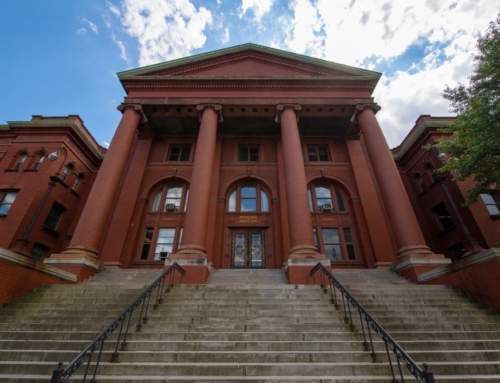
Q: I recently read Ilyce Glink’s article “Loan Modifications Affect Credit”. The article was very informative and helpful.
I applied for a loan modification through a national lender. They approved me and their temporary loan modification program cut my monthly mortgage payment almost in half, which provided much-needed financial relief for my family.
I recently completed the three month trial loan modification payment period and was informed by my lender that the modification is only good for 5 years. While that will help, what will happen after the 5 year period is up?
A: Congratulations. It sounds as if you have received an offer for a permanent loan modification. Less than 10 percent of those who have applied for a permanent loan modification have received one, putting you in stellar company.
The process of obtaining a loan modifications starts with an application and supporting documentation that you give to your lender. The lender reviews the documentation and can place you in a three month trial loan modification plan. During that three month period, you make certain payments and if you qualify for a permanent loan modification, you are one of the few to graduate to that plan.
(Many Americans find themselves in temporary loan modification hell, where they make trial loan modification payments for 8 or even 10 months before finding out they do not qualify for a permanent loan modification. Meanwhile, their credit is ruined and once they are turned down for a permanent modification, they face foreclosure.)
But a permanent loan modification does not mean that you get a fixed interest rate for the balance of your loan. In a permanent loan modification under the Obama Home Affordable Modification Plan (HAMP), the lender has the ability to reduce the interest rate on your loan down to two percent, depending on your income and other circumstances. However, that two percent rate will go up at the end of five years.
At the end of the five-year fixed period, the interest rate on the loan will gradually increase to what the market interest rate would have been on your loan the date your modification became permanent.
As a rough example, if your loan modification lowered your rate on your 30-year loan to 2 percent, at the beginning of the sixth year, your interest rate would increase one or two percentage points until it hits 5 percent, or whatever the interest rate was when your documentation was finalized.
Your interest rate on the loan would then be 5 percent (or whatever is listed in your paperwork) going forward.
Take a look at your documents, or ask for copies of them if you don’t have them, and you may find that the documents contain a schedule of payments. That payment schedule should outline what will happen to your payments at the end of the five year period.






Leave A Comment